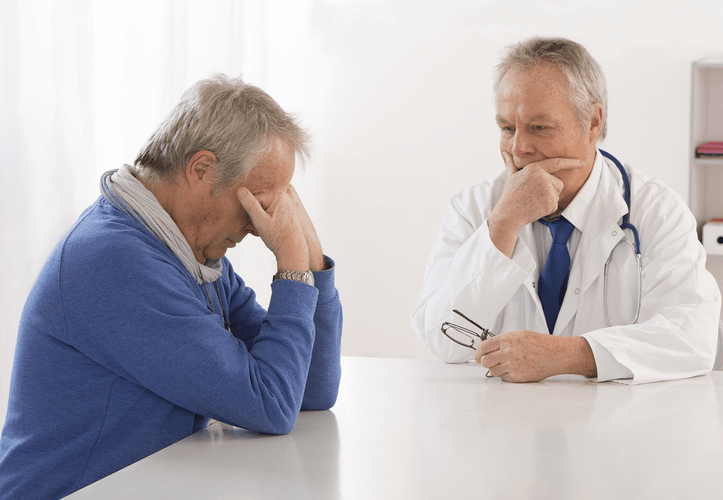Even older adults can find it harder to turn down “one more drink” when they’re out having fun with friends. And peer pressure doesn’t necessarily come in https://g-markets.net/sober-living/254-massachusetts-sober-living-homes-transitional/ the form of friends loudly encouraging you to drink more. You might convince yourself that you need to drink to impress someone or fit in with the crowd.

Starting each day off with a healthy breakfast might reduce the risk of binge eating later in the day. Another study in 84 women found that pairing cognitive behavioral therapy with regular exercise was significantly more effective at reducing the frequency of binge eating than therapy alone (20). Summary Yoga can help prevent binge eating and may reduce common triggers like stress, depression, and anxiety.
Effects of Binge Drinking
Research also shows that yoga can decrease levels of stress hormones like cortisol to keep stress under control and prevent binge eating (14, 15). Summary Drinking more water can keep you feeling full to decrease calorie intake and prevent binge eating. If https://trading-market.org/art-therapy-for-drug-alcohol-addiction-recovery/ your pattern of drinking results in repeated significant distress and problems functioning in your daily life, you likely have alcohol use disorder. However, even a mild disorder can escalate and lead to serious problems, so early treatment is important.
Studies show that binge drinking can affect your working memory, which is your ability to store short-term information and keep track of what you’re doing. This occurs when the level of alcohol in your bloodstream is so high that it creates a life-threatening situation. Drinking too much in a short period of time can reduce How To Clean Your System From Alcohol In 24 Hours? your heart rate, breathing, and body temperature. Binge drinking involves a pattern of short but heavy bursts of alcohol use. When you drink like this, you consume enough alcohol over the course of two hours to raise your blood alcohol concentration to the legal limit of intoxication (0.08 percent in the U.S.) or higher.
